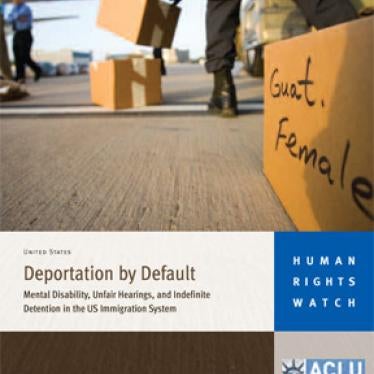Thank you, President.
Use of incendiary weapons in populated areas continues, and international action is needed to prevent their cruel effects.
In May–June 2019 alone, Human Rights Watch identified 27 incendiary weapon attacks by the Syrian-Russian military alliance in Syria. These strikes, most of which took place in Idlib governorate, endangered civilians and scorched valuable agricultural areas. Use of incendiary weapons on May 25 in Khan Sheikhoun, Idlib, for example, left approximately 175,000 square meters of burned farmland.
Since November 2012, Human Rights Watch has used open-source material and interviews to identify almost 150 incendiary weapon attacks in Syria. One 2018 attack caused more than 260 casualties. The total number of attacks is likely much higher because some go unreported and others are not recorded by visual media so cannot be investigated.
Incendiary weapons, which produce heat and fire through the chemical reaction of a flammable substance, cause excruciating burns that are difficult to treat and lead to long-term physical and psychological injury. The weapons also start fires that can destroy civilian objects and infrastructure.
Protocol III to the Convention on Conventional Weapons (CCW), adopted in 1980, prohibits certain uses of incendiary weapons, but its restrictions have failed to stop the civilian harm seen in Syria and elsewhere. The CCW protocol has two major loopholes. First, it prohibits the use of air-delivered incendiary weapons in “concentrations of civilians,” but has weaker regulations for ground-launched models, many of which have been used this year in Syria.
Second, the current definition of incendiary weapons arguably does not cover multipurpose munitions, such as white phosphorus, because the definition is based on the purpose for which the weapons were “primarily designed,” rather than on their effects. White phosphorus causes comparable harm, however. It can burn people to the bone and reignite in cleaned wounds once bandages are removed.
Most countries that spoke out on incendiary weapons over the past year recognized the importance of closing these loopholes. During the annual CCW meeting’s session on Protocol III in November 2018, at least a dozen countries called for action. They recommend amending the protocol or at least conducing a more in-depth review of its adequacy.
Even states that did not favor strengthening the protocol expressed a willingness to set aside additional time for discussion in 2019. But CCW operates by consensus, and a Russian veto led to the removal of incendiary weapons from this year’s agenda.
This procedural setback should not deter states from standing firm in their support for concrete action on incendiary weapons. Use of these weapons has not stopped, and international progress on the issue should not either. Countries still have opportunities to condemn use and support stronger law. They can speak out in First Committee statements this month, and they can address the topic during CCW’s November session on reviewing the operation and status of the protocols.
In the short-term, states should insist on setting aside time in 2020 to examine the implementation and adequacy of Protocol III. They should then plan to make concrete legal change by amending the protocol at CCW’s 2021 Review Conference.
Thank you.








